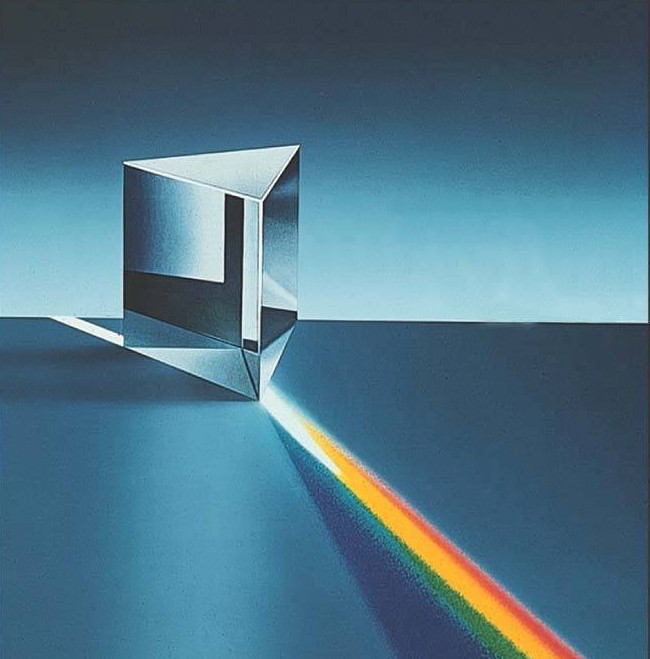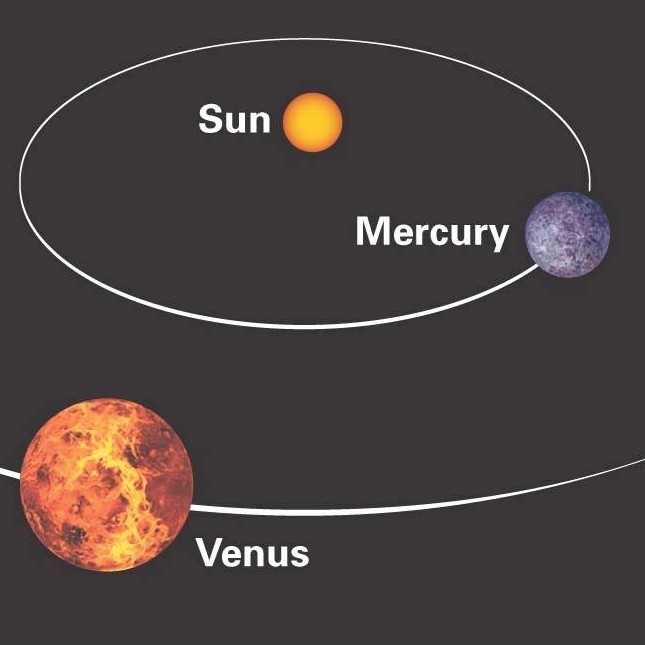
The main tool in Astronomy is LIGHT! And it is a powerful tool.
Tour of the
Universe
Observing
the Universe

The main tool in Astronomy is LIGHT! And it is a powerful
tool.
Light
travels at a speed C =300,000
km/sec.
In
time T it covers a distance L = C x T
In
one year, light covers a distance of ONE LIGHT YEAR = 1013km.
We
use many different forms of light: visible, X-rays, radio waves...
From Tiny to Huge
In
Astronomy, we observe many objects, some small, other bigger, yet other
much, much bigger.
To
measure distances and the time to travel them, we use physical UNITS.
Distance
is measured in meters,
or kilometers (1 km = 1,000 m),
or light years.
Time
is mesured in seconds,
days, years,...

A square 10,000 km = 107m covers nearly the entire
Earth.
Light covers this
distance in a fraction of a
second.

The distance from the Earth to
the Sun is 10,000 times larger, 1011km.
Light covers this distance in 5.5 minutes.

A distance a 1,000
times larger, 1014km = 10 light-years is that to the nearby stars.
Light covers this distance
in 10 years!

Our galaxy, the Milky Way is another 10,000 times larger, 1021km
Light covers this
distance in 100,000 years.
As
we can see from these
examples, distances in Astronomy are so huge, as are the times to cover
them, that we simply
cannot use ordinary numbers to describe them.
This is why we must learn and use the SCIENTIFIC NOTATION, i.e. express numbers using POWERS OF TEN.
----------------------------------------------------------------------------------------------------------------------------------------
To appreciate all this in more detail, go ahead and PLAY on your own with many scales of the universe using this
Page last updated on August 29, 2005 by
V. Dobrosavljevic